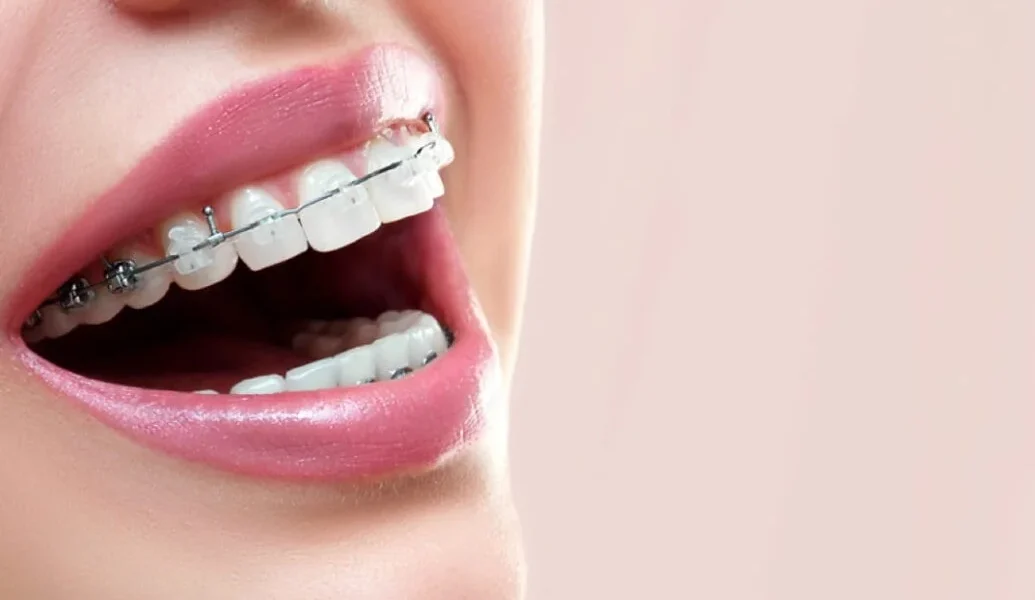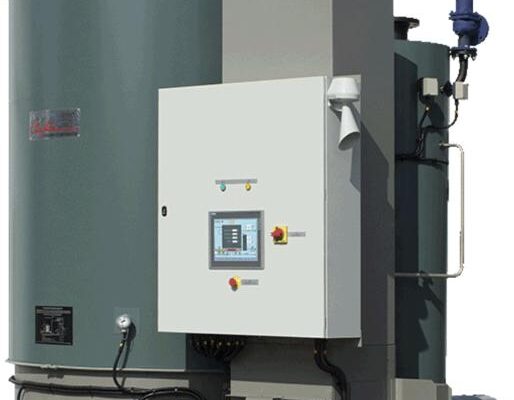Understanding Modern Orthodontic Solutions
Modern orthodontic treatment has evolved into a precise science that combines artistry with technical expertise. The field of smile engineering represents a sophisticated approach to dental alignment, where practitioners carefully assess and plan each patient’s journey towards their ideal smile. When considering braces Balwyn residents often seek personalised solutions that address their unique dental circumstances. The process begins with a comprehensive evaluation of the patient’s oral structure, considering factors such as tooth position, jaw alignment, and facial symmetry.
The Science Behind Smile Design
Advanced smile engineering techniques have revolutionised how orthodontic treatments are planned and executed. Modern practitioners utilise sophisticated imaging technology and diagnostic tools to create detailed treatment blueprints for each patient.
Key Components of Orthodontic Assessment
The assessment process typically includes several crucial elements:
- Digital scanning of teeth and jaw structure
- Analysis of facial proportions
- Evaluation of bite mechanics
- Assessment of soft tissue profiles
Customisation in Orthodontic Care
Each orthodontic treatment plan is meticulously crafted to suit individual needs. When exploring options for orthodontic care, Balwyn orthodontists consider various factors that influence treatment decisions:
Treatment Planning Considerations
- Age and dental development stage
- Specific alignment issues
- Lifestyle requirements
- Treatment duration preferences
Professional smile engineering specialists understand that successful orthodontic treatment requires more than just applying orthodontic care. It demands a thorough understanding of dental biomechanics and how different tooth movements affect the overall oral structure. The customisation process extends to selecting the most appropriate type of tools for each patient. Whether traditional metal options, ceramic options, or clear aligners, the choice depends on various clinical and personal factors. When selecting orthodontic choices in Balwyn, practitioners carefully consider each option’s suitability for the patient’s specific case.
Technology in Modern Orthodontics
Digital orthodontic planning tools have transformed how treatment plans are developed and communicated to patients. These advanced systems allow for precise measurements and predictions of tooth movement, ensuring more predictable outcomes.
Monitoring and Adjusting Treatment Progress
Throughout the orthodontic journey, regular monitoring ensures that treatment progresses as planned. Modern smile engineering incorporates regular check-ups where adjustments can be made based on how teeth respond to treatment. This adaptive approach allows for optimal results while maintaining patient comfort.
The Role of Patient Cooperation
While practitioners provide the expertise and tools necessary for successful treatment, patient cooperation plays a vital role in achieving desired outcomes. This includes:
- Maintaining excellent oral hygiene
- Following dietary guidelines
- Attending scheduled appointments
- Using auxiliary appliances as directed
Advanced Treatment Techniques
Modern orthodontic practices employ various advanced techniques to enhance treatment efficiency. These may include:
- Progressive wire technology
- Self-ligating bracket systems
- Computer-aided treatment planning
- 3D-printed dental appliances
These innovations help reduce treatment duration while maintaining the highest standards of care. The integration of these technologies allows for more precise control over tooth movement and better prediction of treatment outcomes.
Post-Treatment Care and Maintenance
The completion of active orthodontic treatment marks the beginning of the retention phase. This crucial period helps ensure that the newly achieved alignment remains stable. Retention protocols are customised based on individual factors, including:
- Original tooth positions
- Type of movement achieved
- Age and growth considerations
- Individual risk factors
Achieving Lasting Results
The success of orthodontic treatment lies in the careful balance between scientific principles and individualised care. Modern smile engineering continues to evolve, incorporating new technologies and techniques while maintaining focus on patient-specific needs. Through careful planning, precise execution, and dedicated follow-up care, orthodontic treatment can create lasting improvements in both dental function and aesthetic appearance. The journey to a properly aligned smile requires patience and commitment from both practitioner and patient, but the results can significantly enhance oral health and confidence for years to come. This personalised approach to orthodontic care ensures that each patient receives treatment that is specifically tailored to their unique dental structure and personal goals, leading to optimal outcomes in dental alignment and facial harmony.
Any surgical or invasive procedure carries risks. Before proceeding you should seek a second opinion from an appropriately qualified health practitioner.






























